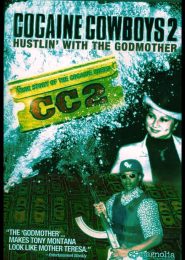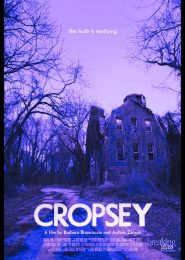Bastards of the Party (2005)
Directed by former Bloods gang member Cle Sloan and produced by Antoine Fuqua, “Bastards of the Party” delves into the roots of gang culture in Los Angeles. The film provides a raw and unfiltered perspective on the creation of two of the city’s most notorious gangs: the Crips and the Bloods. Here’s a detailed synopsis:
- Background and Context:
- The documentary begins by examining the crisis of black leadership that emerged after the Civil Rights Movement. The government-induced rivalry between the Black Panther Party and the Us Organization marked a turning point. Collective movements gave way to individualism, influenced by blaxploitation film heroes like Super Fly.
- Against this backdrop, Raymond Washington conceptualized a new-generation gang that spanned life from “the cradle to the grave.” Stanley “Tookie” Williams soon joined him in forming the Crips.
- The Collapse of Industry and Gang Activity:
- The collapse of domestic industry left black youth with limited opportunities. Gangs became money-making operations centered around the illegal drug trade.
- The documentary underscores how the decimation of the Black Panthers directly contributed to the resurgence of gangs in the early 1970s. The emergence of “Crippin’”—a phenomenon born from the Panthers’ former charisma—filled the void left by the LAPD SWAT teams.
- Raymond Washington and the Crips:
- Raymond Washington’s vision for a lifelong gang found fertile ground. The Crips grew, and their influence spread.
- The film explores the impact of racial discrimination, poverty, and the legacy of the Black Panther Party and the Nation of Islam on gang life.
- Humanizing the Gang Wars:
- Through interviews and historical footage, “Bastards of the Party” humanizes the staggering casualties of the LA gang wars.
- It takes viewers on a journey from the 1950s to the 1990s, revealing the brutal lifestyle that feeds gang violence.
- Tupac Shakur’s Influence:
- The documentary concludes with Tupac Shakur’s poignant song, “So Many Tears,” underscoring the pain and struggle faced by those caught in the cycle of violence.
In summary, Bastards of the Party sheds light on the complex social, historical, and economic factors shaping LA’s gang culture. It challenges us to confront the systemic issues that perpetuate violence and offers glimpses of hope through the voices of former gang members.




